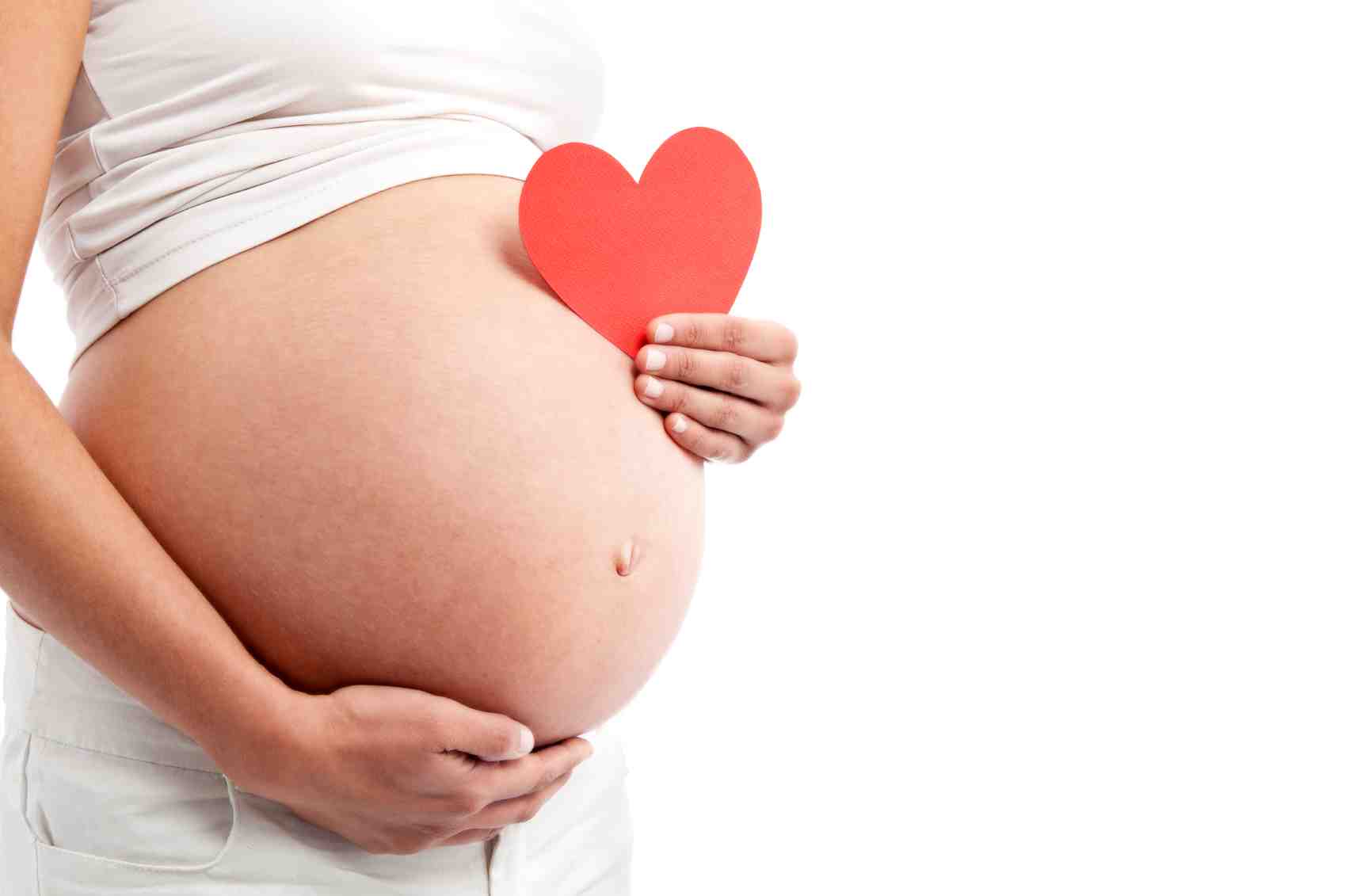Share

YOUR RECOVERY AFTER VAGINAL BIRTH
By Victoria Healthcare 11 April 2019

After you give birth, a nurse will check you and answer any questions you may have. During your stay, the nurses will teach you how to care for yourself and your baby.
Changes in your body
- A nurse will feel your abdomen to check your uterus while you are in the hospital. If your uterus is soft, your nurse will rub your abdomen to help the uterus become firm.
- You will have bleeding from your vagina for 2 to 4 weeks. During the first few days, the bleeding is like a heavy menstrual period. You may pass small blood clots. The bleeding will decrease and change to pink, dark brown, and then clear. Do not use tampons. Use sanitary pads.
- Your breasts will fill with milk 3 to 5 days after you give birth and become firm and sore. They may leak at times. During the first few days, you will secrete a rich fluid called colostrum that is especially good for your new baby at this early stage.
- You may have constipation. A stool softener or laxative may be ordered.
- you may have problems urinating. Tell your nurse or your doctor.
Activity
- Ask the staff for help the first few times you get out of bed.
- Sit up for a couple of minutes before you start to walk.
- If you feel light headed or dizzy while in the bathroom, pull the emergency call light on the bathroom wall for help.
- Walk in the hallways 3 to 4 times a day for 5 to 10 minutes.
Diet
You may feel tired and hungry. You will get fluids through an IV (intravenous) in your hand or arm until you are drinking well. Drink plenty of fluids. You will be offered light food at first and then you can eat your normal diet.
Manage pain
Pain and cramping are normal. Stitches may cause burning or stinging. Ask for pain medicine when you need it. The medicine may not get rid of your pain, but it will make it better. Manage your pain so you can care for yourself, your baby and be active.
How to manage pain in the area around your vagina and anus called the perineum:
- Place an ice pack on your perineal area the first day for short amounts of time to decrease pain and swelling.
- Use a sitz bath to relieve discomfort. Sitz baths are portable bowls that fit on top of the toilet seat and can be filled with warm water. Immerse your perineal area in the water for 15 to 20 minutes, or as recommended. Gently pat dry with toilet paper. Use the sitz bath several times a day.
- Use an inflatable, donut-shaped, ring when sitting. It reduces pressure and discomfort in the perineal area. A travel-based neck pillow will also work.
- Take a warm bath. Baths can be started 24 hours after giving birth.
- Apply a topical medicine such as a spray or cream to help relieve rectal pain from hemorrhoids.
Peri care
Keep the perineal area clean to prevent infection and stop odor. This is called peri-care. You will be given a plastic bottle to fill with warm water. Each time you use the toilet, use the plastic bottle to squirt warm water over your perineal area. Let air dry or gently blot with toilet paper. Change your sanitary pad each time you use the toilet. Wash your hands with soap and water. If you use the toilet psray device, be sure the spray is not too hard.
Showering
A shower may feel good and help you relax. Have someone help you with the first shower.
Going home from the hospital
Your nurse will help you prepare to go home with your baby. Information will be given to you on how to care for yourself and your baby.
Your care may include:
- Limit the number of times you climb stairs each day.
- Lift nothing heavier than your baby.
- Get help doing housework for at least 2 weeks.
- Do not drive a car for 2 weeks.
- Do not have sexual relations until approved by your doctor, usually about 6 weeks, or 8 weeks if you have had a C-section. Talk to your doctor about birth control. Breastfeeding does not prevent you from becoming pregnant.
- Do not go back to work until approved by your doctor.
Call your doctor right away if you have
- A fever over 38 degrees C.
- Signs of a breast infection such as fever, tenderness, redness, or a hot, hardened area, on one or both breasts.
- Heavy vaginal bleeding where you soak one sanitary pad per hour for two hours or have large blood clots.
- Vaginal bleeding that changes color turning bright red after it has lightened and changed from pink to brown or clear.
- Foul smelling vaginal discharge—a normal discharge smells like your menstrual period.
- Problems urinating including trouble starting, burning or pain.
- No bowel movement for 3 days.
- A hot, hard spot in your leg or pain in your lower leg.
- Severe or constant pain or cramping.
- A headache, blurred vision or spots before your eyes that will not go away.
- Feelings of being very sad or feel you want to hurt yourself or your baby.
Call your doctor the first few days after you get home to schedule a follow up visit in 2 to 4 weeks. Talk to your doctor or nurse if you have any questions or concerns.
Source: healthinfotranslations.org


